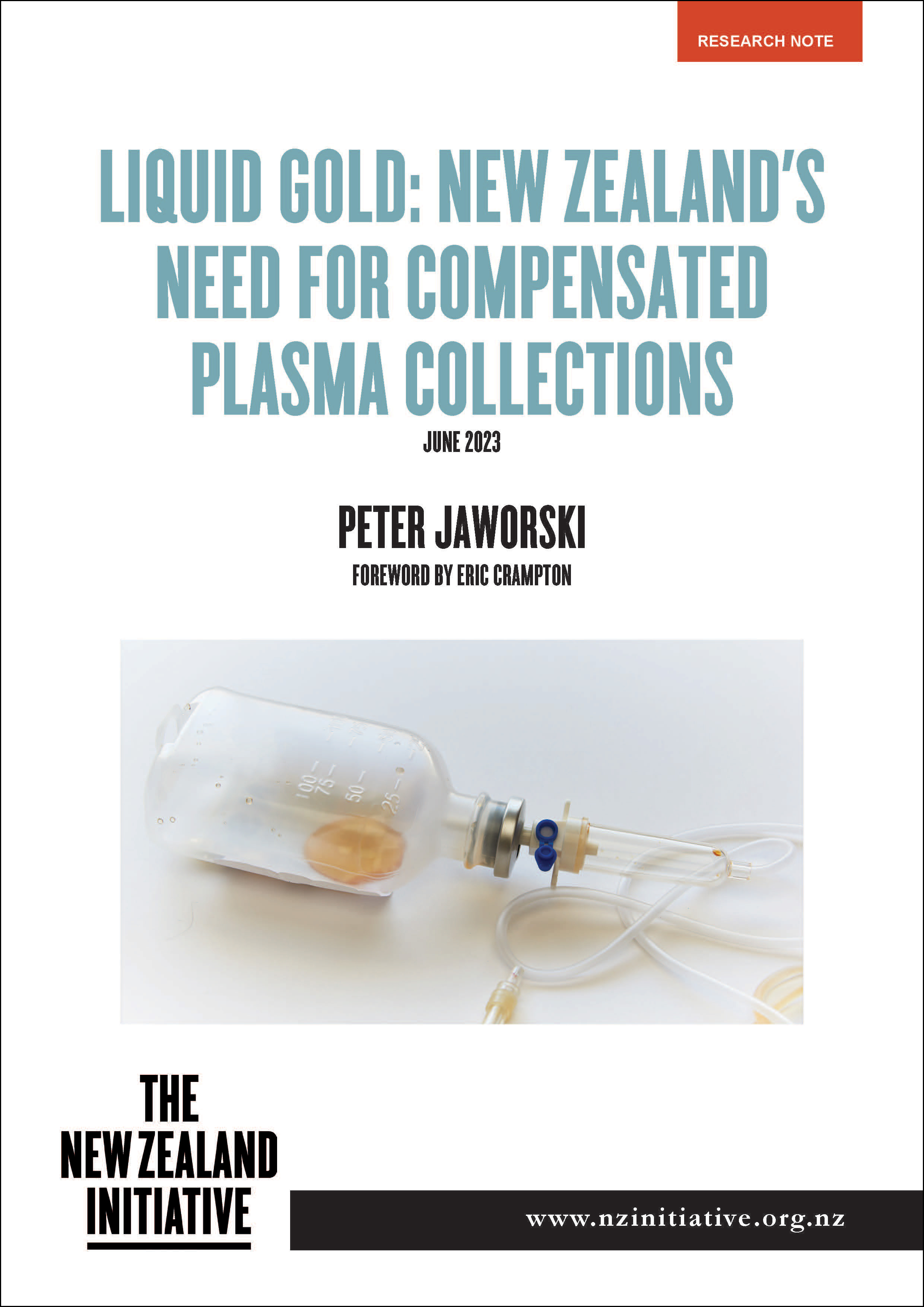The primary point of collecting blood plasma is to meet the medical and therapeutic needs of patients. We collect blood and plasma in order to ensure that we can preserve and promote the health of current and future patients.
Blood plasma is the yellow or straw-coloured part of our blood. While it is mostly water, about 7 percent of it is made up of a variety of essential proteins like antibodies or immunoglobulins, albumin, a variety of coagulation or clotting factors, fibrinogen, and others. These proteins help us fight infections when we get sick, help our blood clot when we are injured, and many other things.
We collect blood plasma primarily to make medicine for the patients in our community who have rare diseases, like primary or secondary immunodeficiency, autoimmune disorders, a variety of neurodegenerative diseases like multifocal motor neuropathy, rare blood disorders like haemophilia or von Willebrand disease, and many others. The point of collecting blood plasma is to ensure that these patients and those of us who may become patients are given safe, secure, and reliable access to medicines that save and improve their lives.
Simply put, policy discussions should prioritise patients and the therapies they need. And the most important policy question is: Are we collecting enough plasma to ensure uninterrupted, safe, and sufficient access to quality-of-life-improving and often life-saving therapies for the current and future patients whose lives and health depend upon it?





